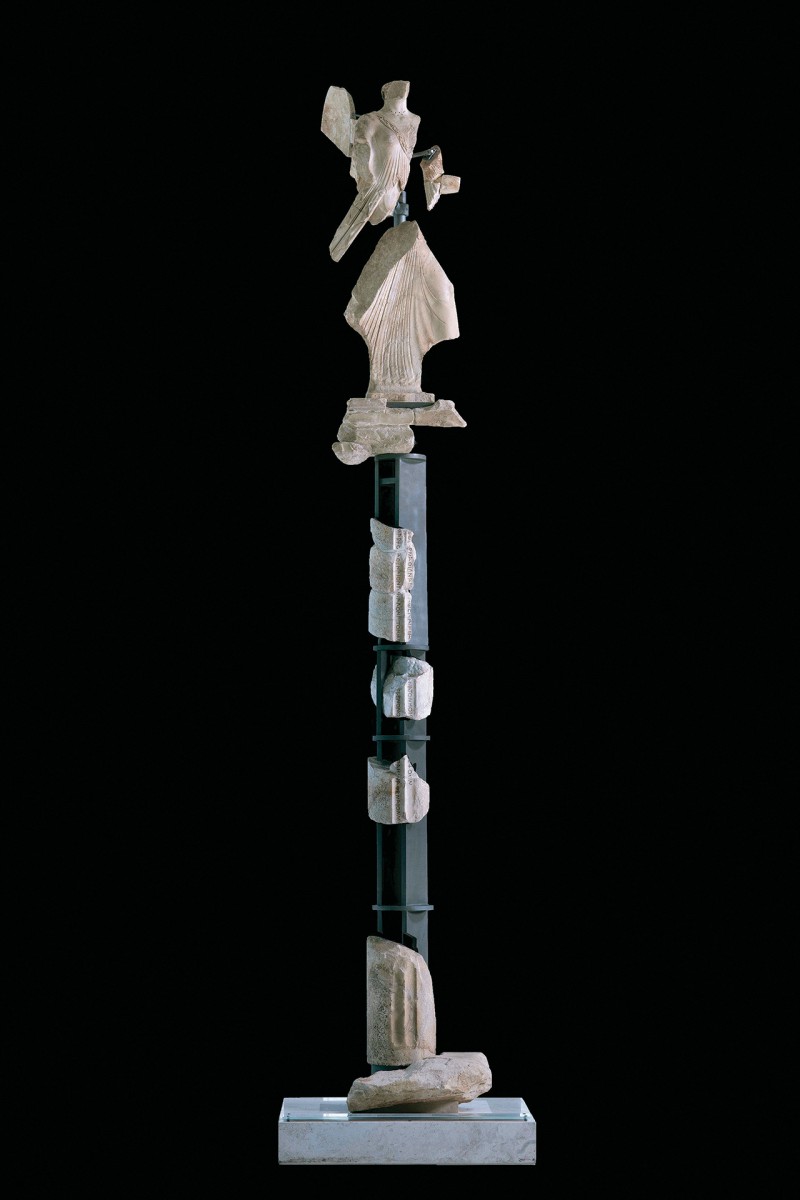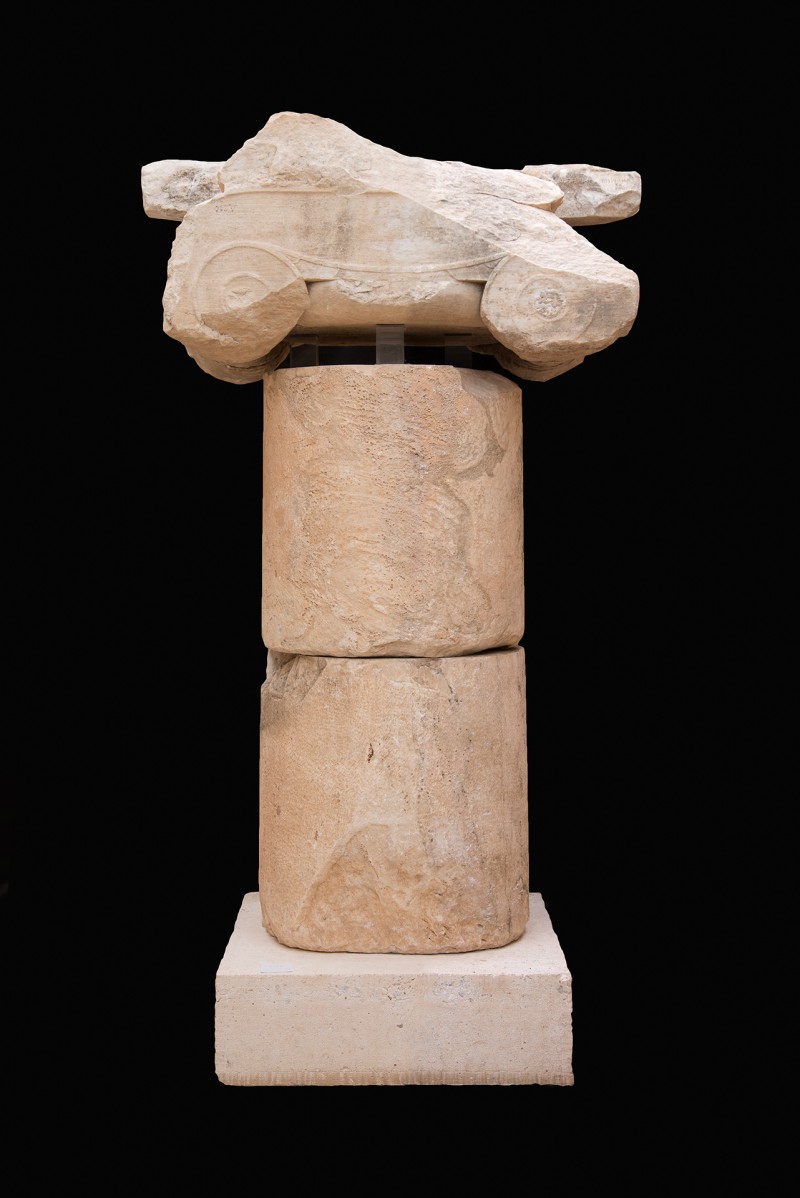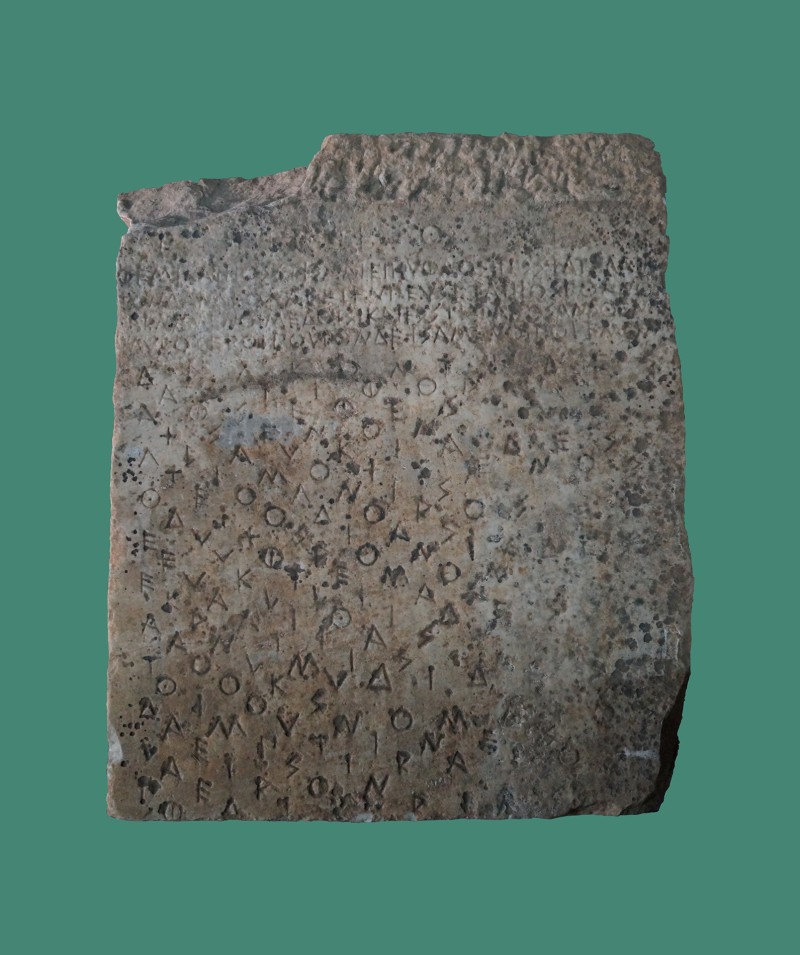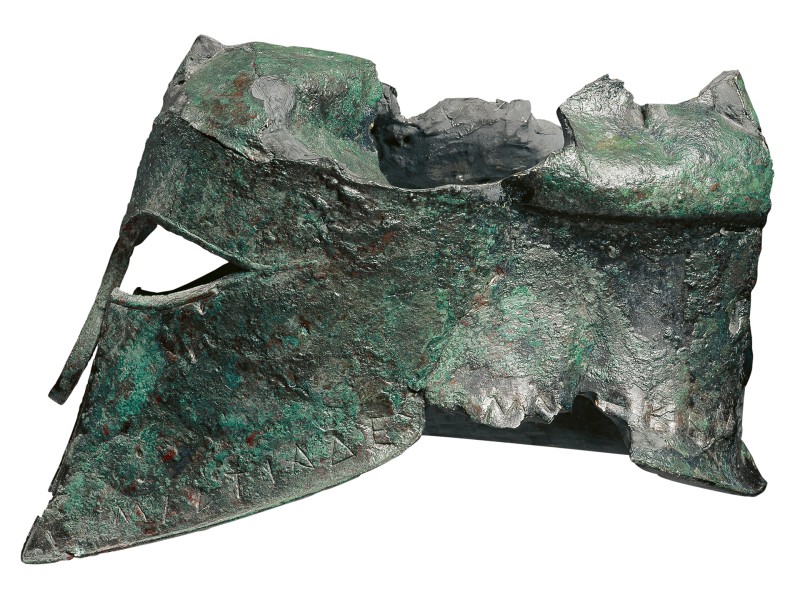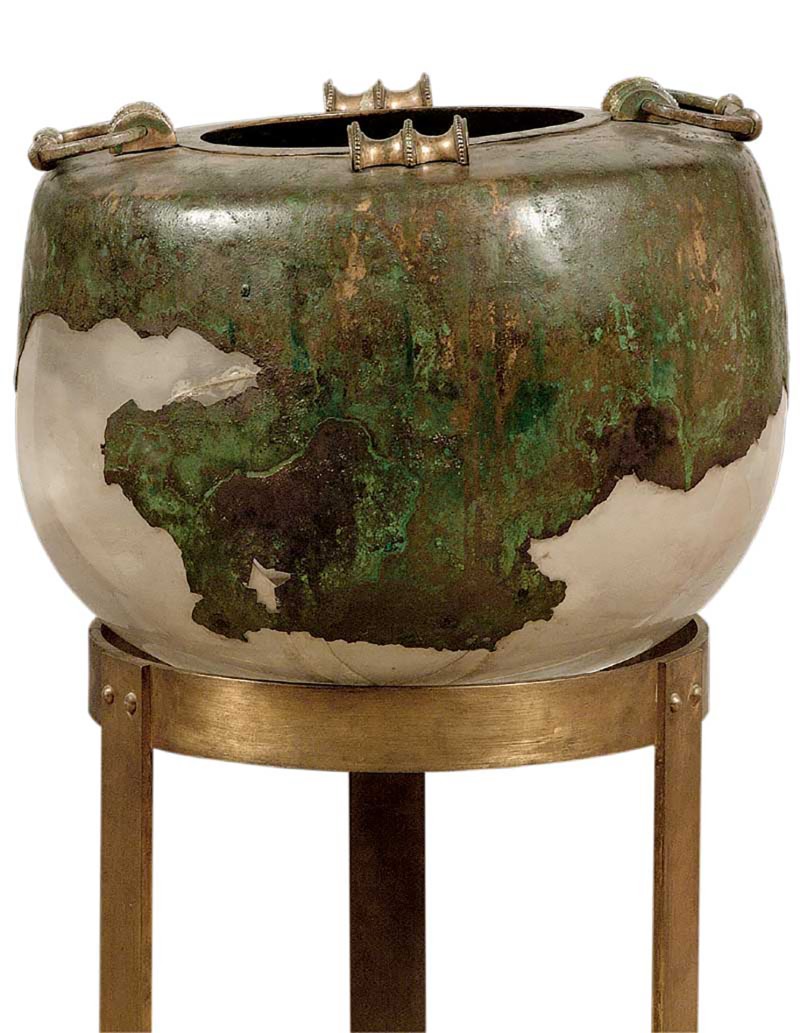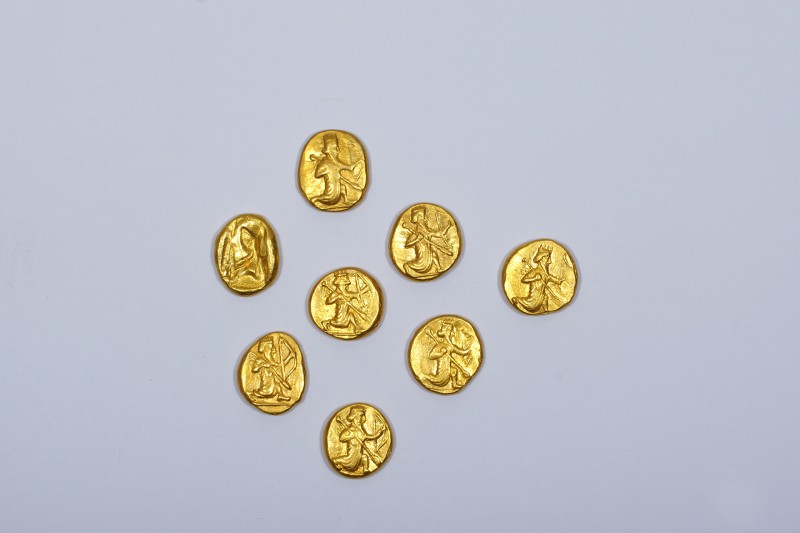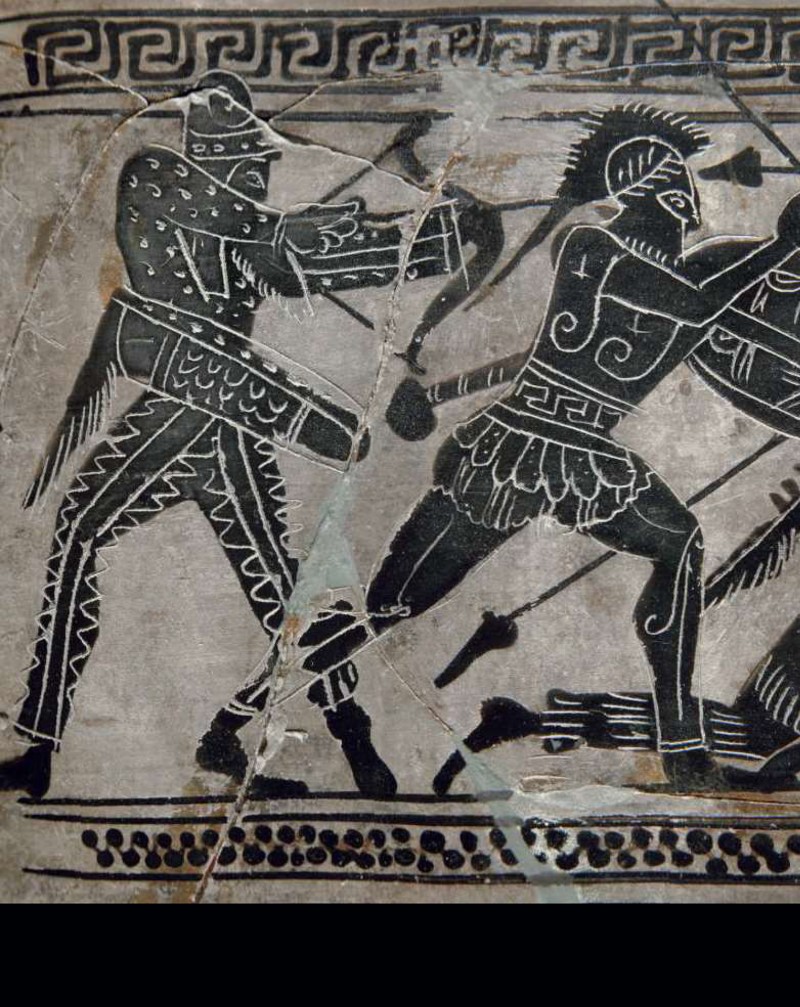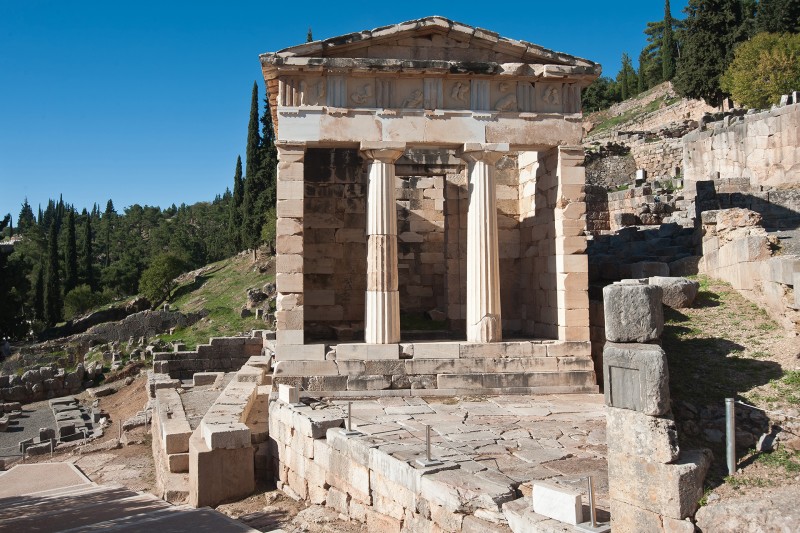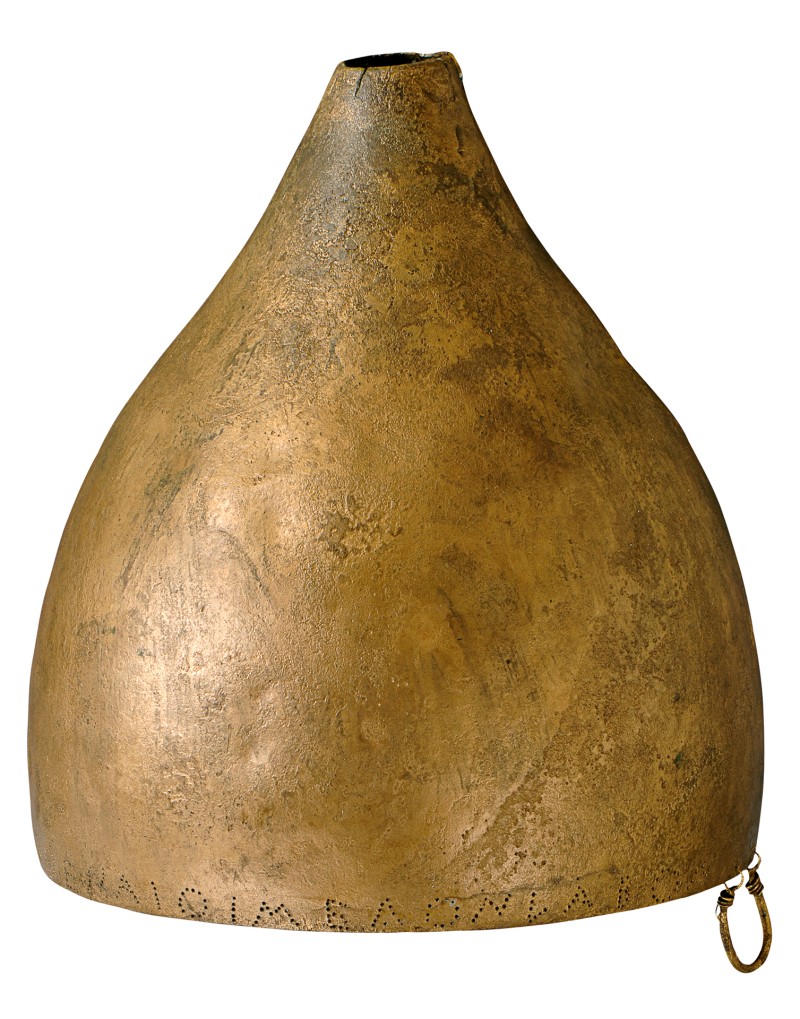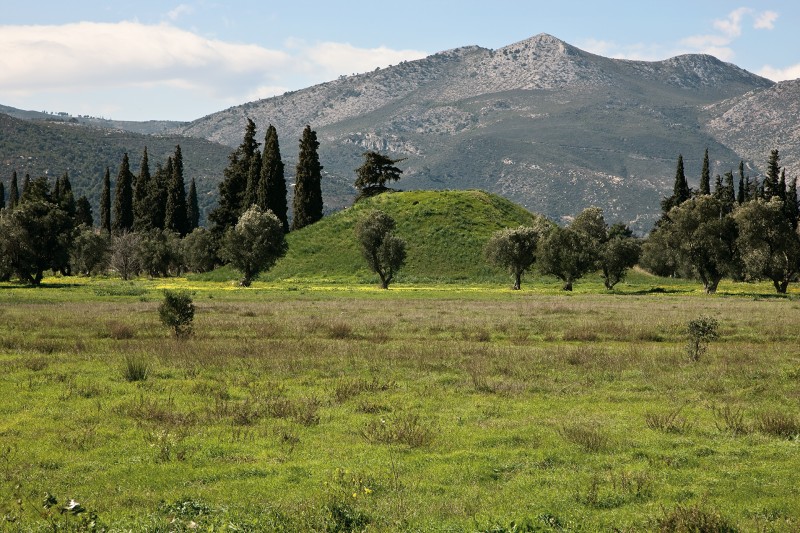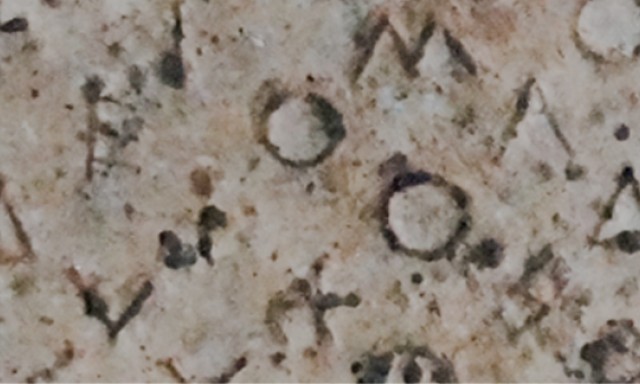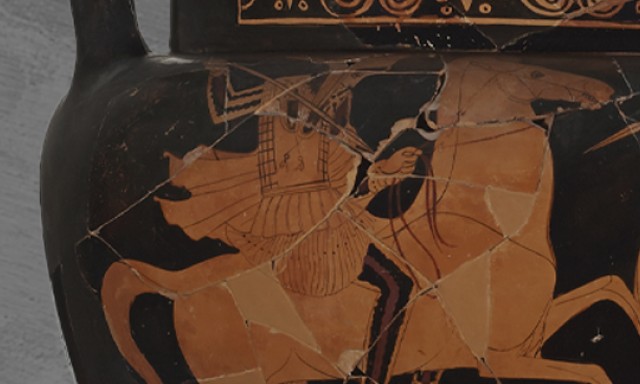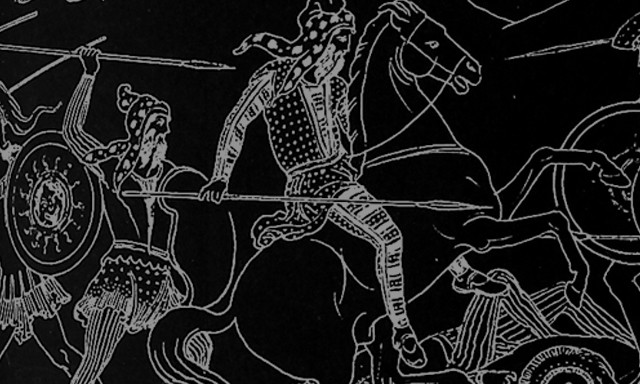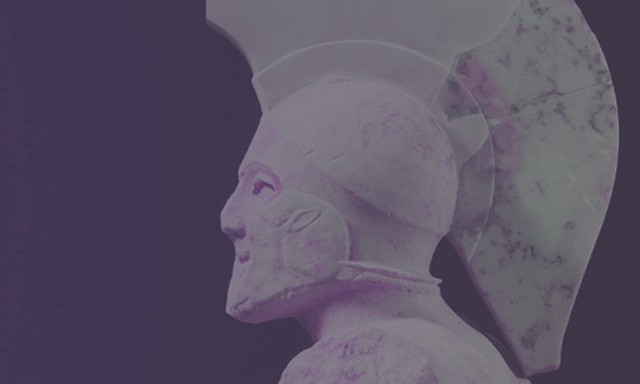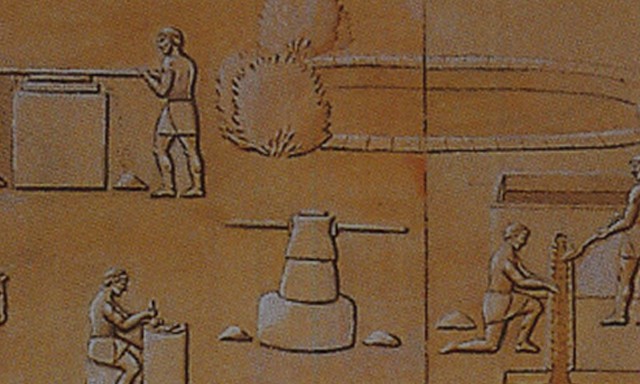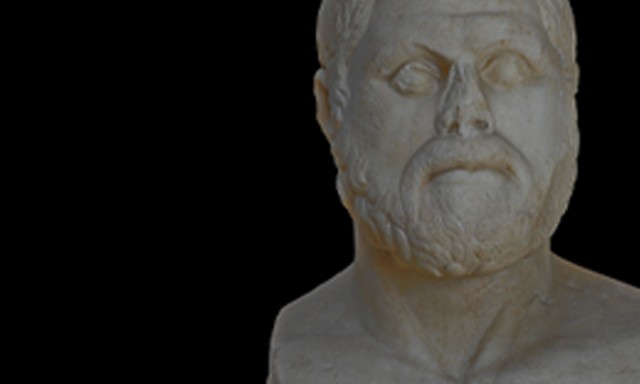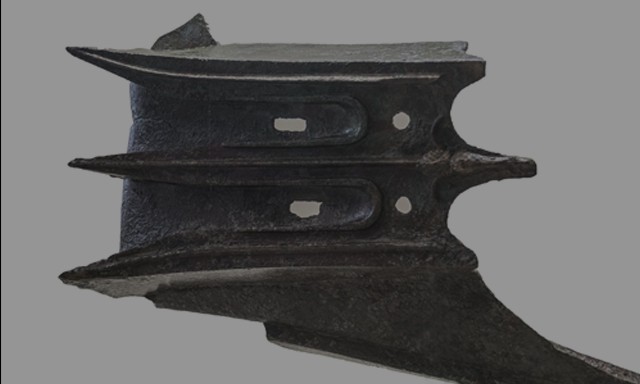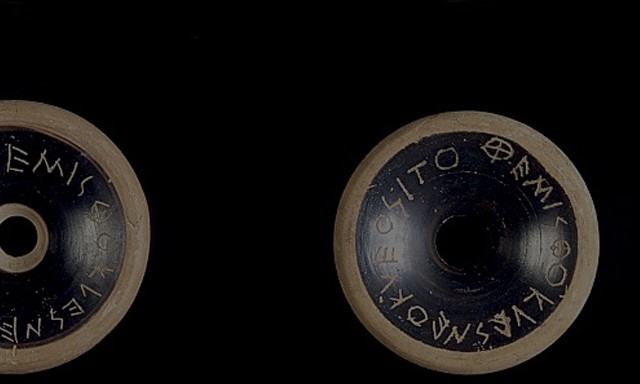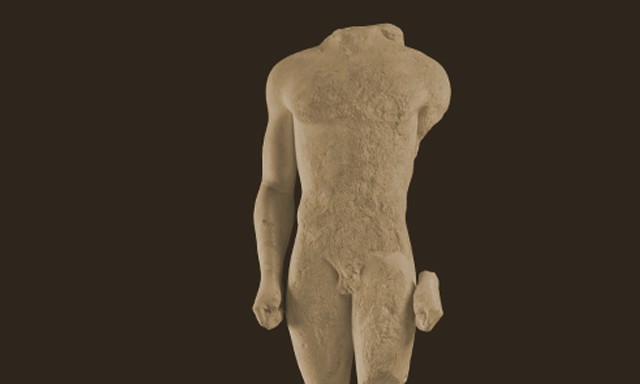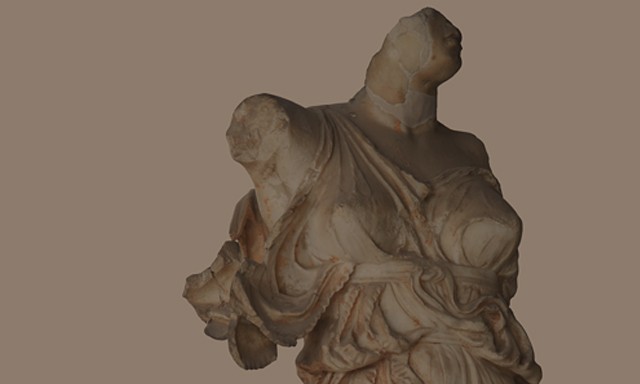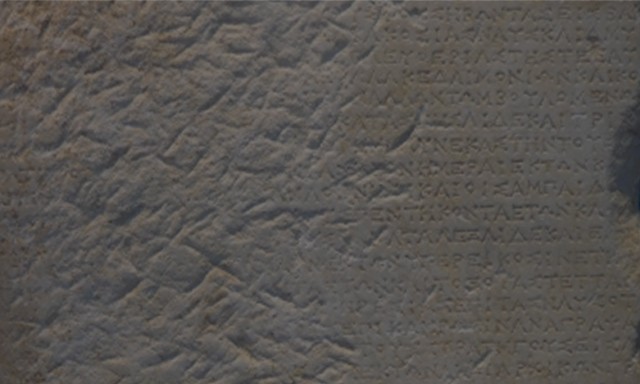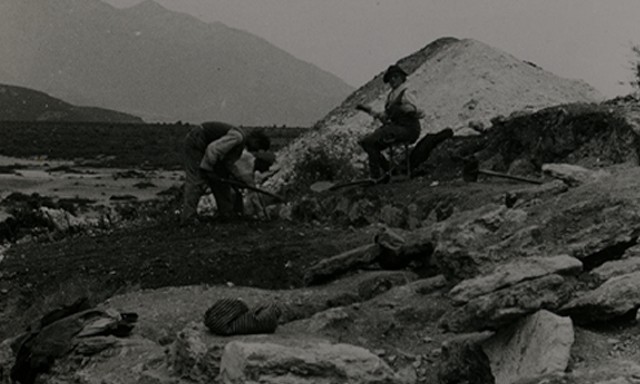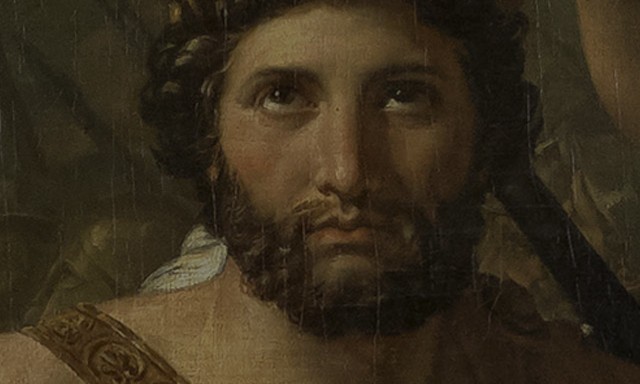CHAPTER CREDITS
It was the beginning of the year of the archon Phaenippus (early September 490 BC), when the Persian army with 600 ships disembarked at Marathon. According to the sources, 20,000-25,000 well-armed Persians lined up in battle against 9,000 Athenians and 1,000 Plataeans.
The victorious outcome of the battle for the Greeks is due to the Athenian general Miltiades and his ingenious stratagem. As battlefield was chosen the Great Marsh, in order to neutralize the advantages of the Persian army and to entangle its elite forces in a natural trap.
Miltiades deployed the Athenian phalanx at the same length with the Persian army, rendering its center weaker. Whereas the central part of the phalanx retreated under the pressure of the select Persian units, the two wings first drove their opponents back and then joined each other and turned against the center. The Persians fled in a disorderly retreat either towards the sea or towards the plain and were killed by the pursuing Athenians or drowned in the Great Marsh. According to Herodotus, the battle’s casualties were 192 Athenians, 11 Plataeans and 6,400 Persians.
Right after the battle, the Athenians left Aristeides with his men to bury the dead and hurried into the asty (city) without any repose. They camped at the sanctuary of Hercules at Cynosarges. The Persians sailed around Sounion and reached Phaleron. There, they were surprised to see the Athenian army waiting for them and decided to return to Asia.
CREDITS
DISCOVER THE EXHIBITS
Choose one of the objects of the exhibition
EXPLORE THE EXHIBITION
Choose a chapter of the Exhibition
